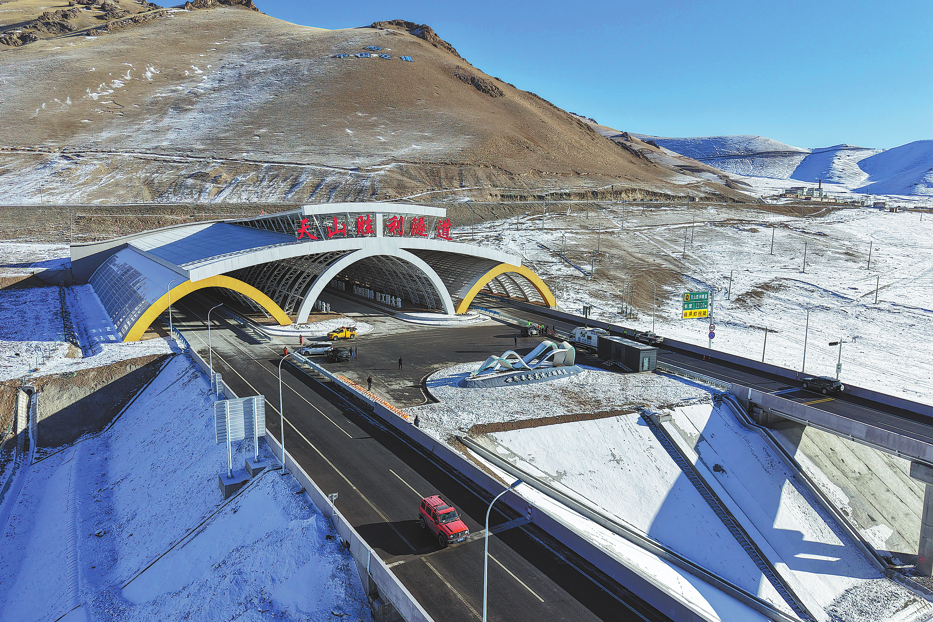CHINA'S ENERGY STRATEGY: Power & Independence

Energy has been a main stay and driving force for the progress of human civilization, as well as an important basis for the development of the national economy.
A hard beginning before the founding of the People's Republic of China in 1949 created a great amount of pressure on the pioneers of New China. Under the leadership of the Communist Party of China, through generations of hard work, from small to large, from weak to strong, China's coal, petroleum, electric power and many other energy industries have undergone earth-shaking changes. Great achievements have been made and attracted worldwide attention.
From simple and backward coal mines to the construction of largescale modern smart coal mines, skilled professionals in the coal production industry have continuously overcome difficulties and achieved leapfrog development.
China's coal production has increased from 32 million tons at the beginning of New China to 3.68 billion tons in 2018, a net increase by 114 times. Coal supply has changed from a severe shortage to an overall surplus of production capacity, and maintained an overall balance between supply and demand.
In 1949, the national annual output of crude oil was only 120,000 tons. With the discovery of the first Karamay oilfield, the completion of the first natural oil base Yumen Oil Mine, and the rise of Daqing oilfield, a historic breakthrough was made in petroleum exploration and development.
China not only became self-sufficient in oil but also astonishingly emerged as a major oil producer and exporter. Blue Whale No 1 represents the highest design and construction level of offshore drilling rigs in the world today, allowing China's deep-water oil and gas exploration capabilities to leapfrog to the world's advanced ranks.
Since the founding of New China, electricity consumption has increased by 1,900 times; per capita electricity consumption has increased by 630 times; power generation has increased by 1,600 times; installed power generation capacity has increased by 1,000 times; power grid lines have increased by 280 times, and voltage levels have increased by five times.
The international cooperation of electric power is advancing steadily, and the development of China's power industry has provided a reliable power guarantee for the rapid development of China's economy in the past 70 years.
The West-East Gas Pipeline Project, approved during the first meeting of the State Council in February 2000, is the longest and largest caliber gas pipeline in China, and it is the second largest national project behind the Three Gorges Dam project of the Yangtze River. The construction is a landmark project that kicked off China's ambitious Western Region Development plan.
After 70 years of rapid development, China's energy production has gradually changed from weak to strong, and its production capacity and level have been greatly improved. China has become the world's largest energy production power and has basically formed a multi-wheel drive for coal, oil, gas, and renewable energy.
After the 18th National Congress of the Communist Party of China in 2012, in face of the comprehensive development of the global energy industry and the profound adjustment of the industry structure, President Xi Jinping proposed a new energy security strategy, namely, Four Reforms and One Cooperation, indicating the new path for China's energy industry in the new era.
The State Power Investment Corporation has formulated its "2035 First-Class Strategy" for future development to accelerate the transition from a traditional integrated energy company to a clean and low-carbon energy company based on water, wind, solar and nuclear power.
China's new energy industry is developing rapidly, and it has become the world's largest country in the development and utilization of wind power and solar photovoltaic power. New energy has become the most dazzling bright spot, reshaping China's future energy structure.


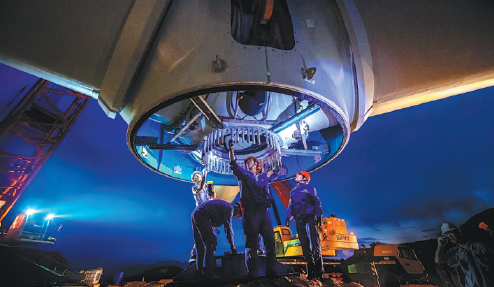
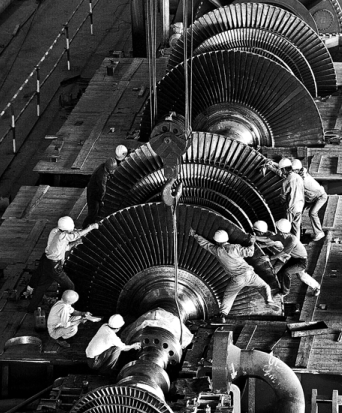
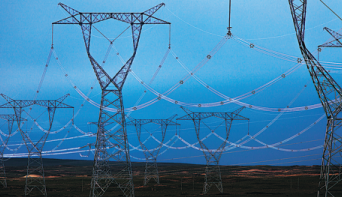
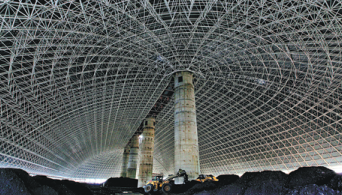

Today's Top News
- China to expand fiscal spending in 2026: finance minister
- CPC leadership meeting urges steadfast implementation of eight-point decision on improving conduct
- Autumn grain purchases exceed 200m tons in China
- Wang to meet foreign ministers of Cambodia, Thailand in Yunnan
- China's top legislature concludes standing committee session
- Thailand and Cambodia agree to temporary ceasefire



















